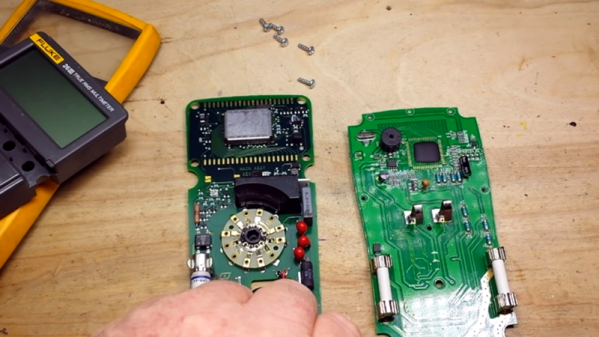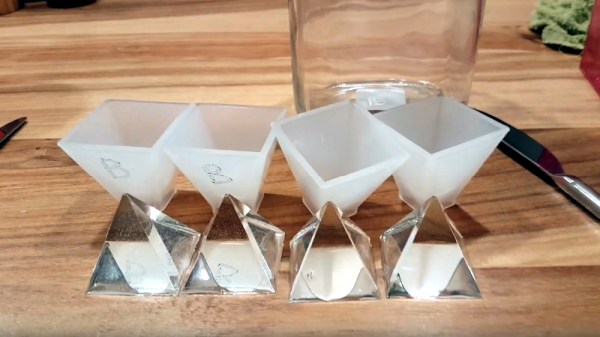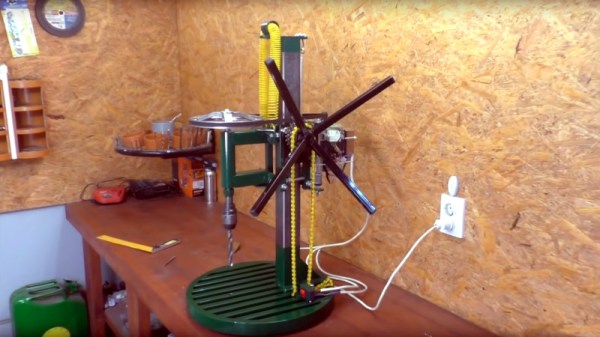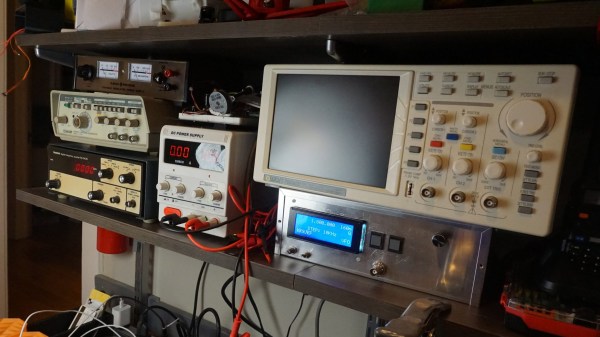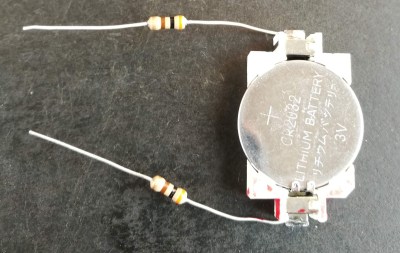When [learnelectronics] talks about cheap meters, he always says, “If you are doing this for a living, get yourself a Fluke.” But he realized he’s never shown the inside of a Fluke meter, so he rectified that in his most recent post. For comparison, he opens up a Fluke 26-III and an Aneng AN870 (retailing at about $500 and $30, respectively).
The initial opening shows that the Fluke has hefty brand name fuses, but the Aneng has little generic fuses. In addition, the Fluke has an internal case that helps keep you away from live voltage. The Fluke also has a proper rotary switch, while the cheap meter has a switch that is etched on the PC board; a cost-cutting trick that’s often a point of failure on these cheap meters.
The Fluke also has a significantly larger number of protection devices and heftier components, you presume can take more punishment. Of course, if you don’t have a few hundred volts running through your meter, it probably doesn’t matter. The cheap meters are certainly good enough, even though you do get what you pay for, as you might expect.
As long as you have a meter open, you might as well hack it to have WiFi. Or, if you prefer, a serial port.
Continue reading “Is That Cheap Multimeter As Good As A Fluke? Let’s Find Out”

